Control_Panel___From_Concept_to_Design_Part_2.pdf
Transcript:
[0m:4s] Hi, I'm Josh Bloom, welcome to another video in the RSP Supply education series. If you find that these videos are helpful to you, it certainly helps us out if you could give us a big thumbs up and subscribe to our channel.
[0m:16s] In today's video, we are going to finish talking about how a control panel goes from a concept or idea to the actual design.
[0m:26s] If you remember in part one of this series, we talked about some of the initial steps taken to determine if a panel is needed, and what the panel needs to do. We discussed how to determine if there is an actual need for a panel, and also what type of information might be needed, as well as what control is required for the siding question. Just a reminder, this is a brief series and is not intended to be a tutorial on how to design or build a panel, but instead is focusing on the early engineering and process planning stages of a project. For the purpose of this video, we will focus on some of the common challenges you may face during the early stages of a project, such as specific power requirements for a given site, location challenges, and how that might impact a control panel installation and its functionality, as well as potential communication challenges that may be encountered. So let's get started. When it has been determined that a control panel is needed, it is important to look at the site that the panel will be located in order to determine a few things. Firstly, what power is available at that site? It is not uncommon to see control panels being installed in locations that do not have access to utility power.
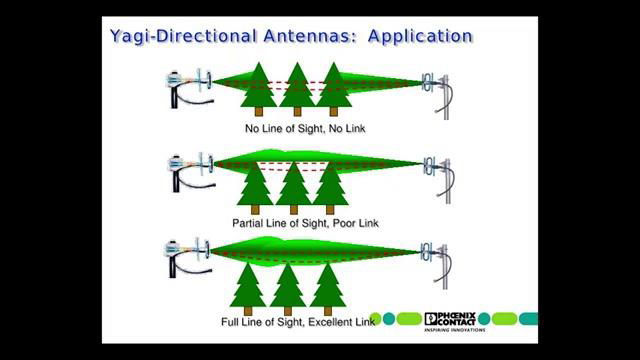
[1m:48s] If that is the case, it is important to determine how that control panel is going to be powered.
[1m:55s] Does it make sense to run utility power to that site?
[1m:59s] What will the cost of that actually be?
[2m:2s] If the cost is too great, does solar power makes sense?
[2m:6s] If so, what are the power requirements of the actual panel and how much solar hardware will be needed? These are the types of problems you will commonly run into when planning for one of these types of control panels.
[2m:20s] It is important to identify these issues early on in the process and try to come up with solutions that will allow the panel to run effectively and without any interruptions that might alter the function of the panel and what it is designed to do. So do your best to anticipate these problems and plan the solutions that make sense for your specific scenario.
[2m:41s] It is also important to look at the site that the panel is going to be installed on and understand how the panel is going to communicate the data that is being collected back to those who actually need it. Again, if the panel is in a remote location, it may need to have an industrial radio capable of transmitting and receiving the collected data and process commands for that particular site.
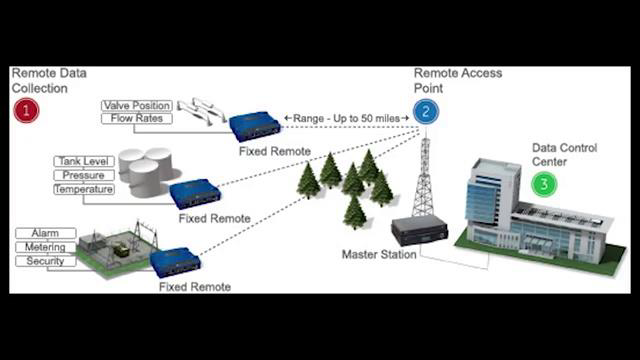
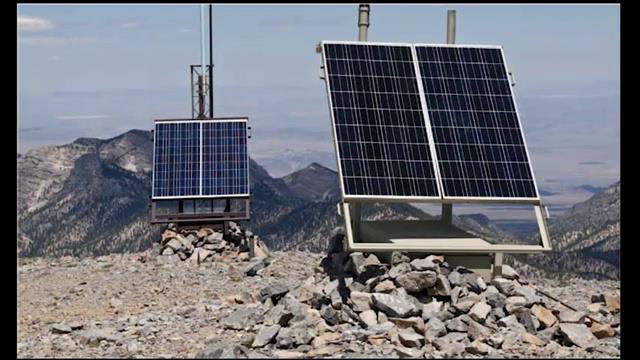
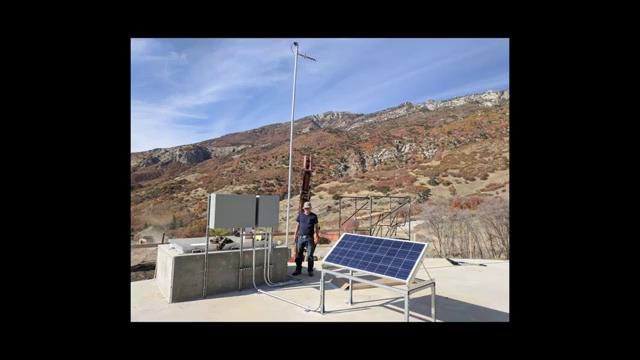
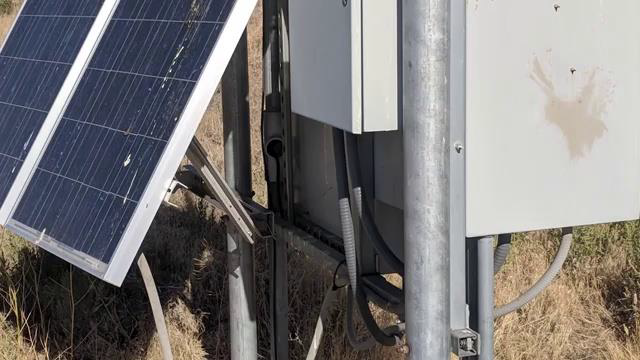
[3m:7s] If a radio is going to be used, it is important to know things such as: do you need to use a license or unlicensed radio?
[3m:16s] What is the frequency that is needed to communicate?
[3m:19s] Do you need to install serial or Ethernet radios? These are just some of the questions that need to be asked. If no radio is required, is important to know how the data is being moved.
[3m:31s] Is there a local network that you can communicate with what communications protocols are being used?
[3m:38s] What hardware is needed to integrate the site with other existing network hardware? Again, these are all important questions that need to be asked in order to understand how data is going to be transmitted and received from the site in question to ensure that everything is functioning as expected.
[3m:55s] Lastly, it is important to consider any installation challenges that may be present at the site the panel will be located.
[4m:3s] Again, if the panel is being installed in a remote location,
[4m:6s] Will you be able to get the necessary equipment to the site to assist with the install process?
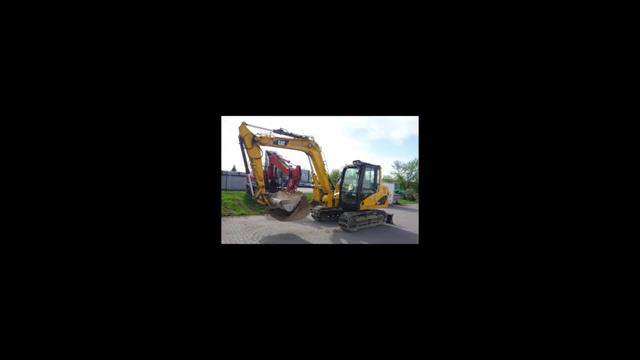
[4m:12s] What are the cost implications of installing in difficult locations? Whether they are remote or in highly volatile areas such as class one div two environments? Installation challenges are not uncommon and need to be considered as they may impact the design and fabrication of the panel.
[4m:31s] As you can see, there are several hurdles and different questions that need to be addressed to know if a control panel makes sense for a specific project. Also, understanding the challenges associated with power, communication, and installation all factor into planning and the conception of one of these panels. A lot of puzzle pieces have to fit in the right place before the design and fabrication of a control panel can begin. For a full line of industrial control panel hardware and thousands of other products please go to our website. For more information or other educational videos, go to RSPSupply.com, the Internet's top source for industrial hardware. And don't forget: like and subscribe.




